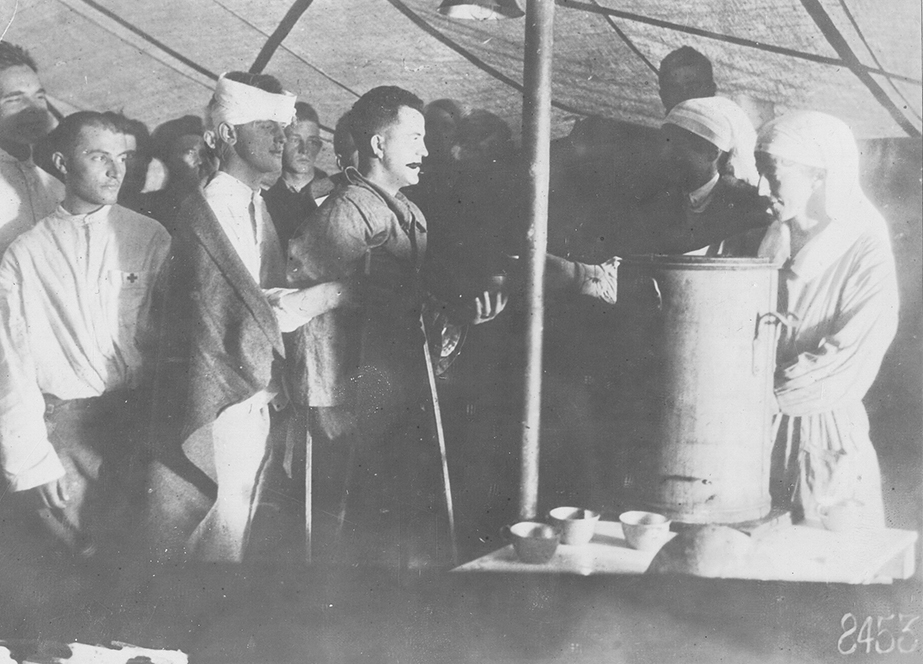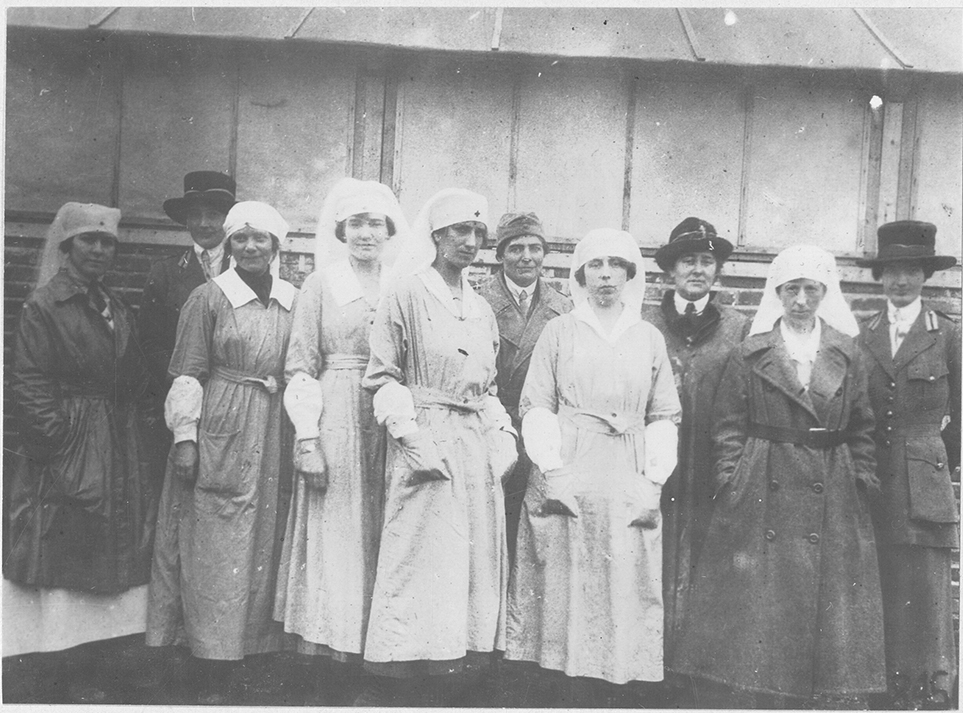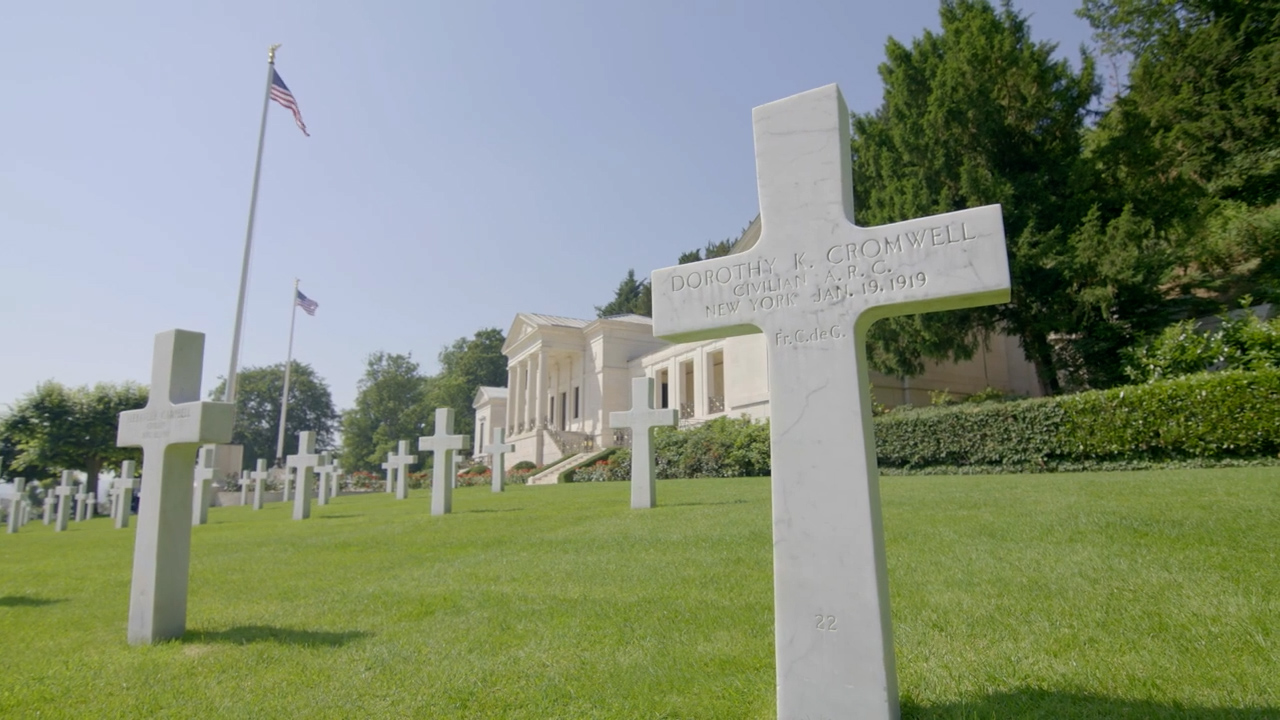Buried side by side at Suresnes American Cemetery just outside Paris, lie the Cromwell sisters, who traded in a life of prominence in New York City to be frontline nurses during World War I.
The twin sisters survived the war, but overcome by what is now known as post-traumatic stress disorder (PTSD), jumped to their deaths from the ship that was to take them home in January 1919.
The tragedy was covered extensively by the press in America, with multiple stories appearing on the cover of The New York Times, and ultimately exposed some of the trauma and anguish experienced by those who served in the Great War.
Dorothy and Gladys Cromwell were born in Brooklyn, N.Y. in 1885.
They inherited a large fortune from their father, who served as the trustee of the Mutual Life Insurance Company, and were living on Park Avenue in February of 1918 when they volunteered with the American Red Cross, according to The New York Times archive.

The “Misses Cromwell,” as they were sometimes referenced in newspapers, served food to soldiers at a canteen in then Chalons-sur-Marne and were never far from active warfare.
“For several months they were within range of the Germans guns and in the midst of constant airplane raids,” described one New York Times report from Jan. 25, 1919.
“They had been bombed at night by enemy planes, and heard the continuous firing day and night of the big guns while they served in the hospitals and saw our fine young American soldiers die,” explained Dr. C.L. Purnell of the American Red Cross, who accompanied the Cromwell sisters on the French steam ship, in another New York Times front page story from Jan. 29, 1919.

After the canteen closed, the sisters worked at evacuation hospitals.
Regardless of their location, countless anecdotes described the popularity of both women, who were called “the best liked and most devoted workers” by their immediate supervisor with the Red Cross in one Associated Press account.
The assistant manager for the sisters, Harriet Rogers, called them “angels,” praising them for visiting injured soldiers and befriending refugee children, in addition to their “first-class work on day and night service,” according to a Jan. 30, 1919, New York Times story.
“If they suffered a nervous reaction after the great need for effort was over, the same thing occurred to some of the best men in the allied armies,” added Rogers in the newspaper. “Such souls, who besides giving their best in service are too sympathetic to endure the suffering of others, are entitled not only to our warmest sympathy but our truest admiration,” she said.

World War I was a mercilessly heavy artillery conflict, to the extent that the phrase “shell shock” entered into the public consciousness as an issue, said Michael Knapp, chief of Historical Services for the American Battle Monuments Commission.
“World War I is sort of the first time that people make that connection between the traumatic events of the war and the mental condition,” said Knapp.
Gladys and Dorothy Cromwell posthumously received the Croix de Guerre, a French medal of valor, and the Medaille de La Reconnaissance, another French honor for civilians.
They also received a burial with full military honors, according to a news account from May 1919.
Their headstones now rest only feet from the memorial chapel at Suresnes American Cemetery, beside more than 1,500 other Americans who died in WWI or World War II.
The Cromwell sisters are also honored with a cenotaph at the Green-Wood Cemetery in their birth city of Brooklyn, New York.
“Buried at Surennes France,” reads the last line of text on the stone.

– Department of Defense mental health resources: https://go.usa.gov/xspbG
– Learn about Suresnes American Cemetery: https://go.usa.gov/xspzH
– More on Women’s History Month: https://womenshistorymonth.gov/
– Women at War, via The Library of Congress: https://go.usa.gov/xsnf3
 An official website of the United States government. Here's how you know.
An official website of the United States government. Here's how you know. 